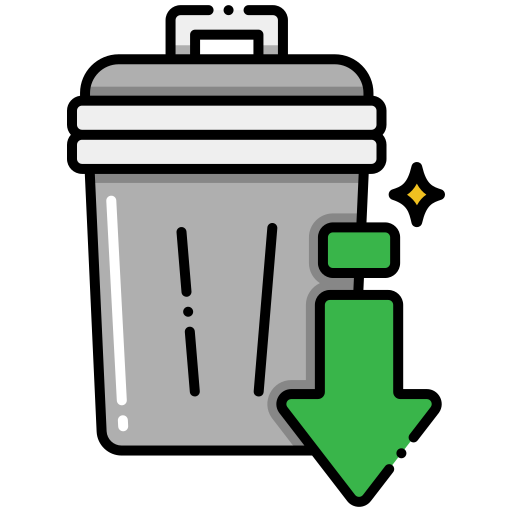Why to Exhibit
10 GREAT REASONS Why to Exhibit at a Trade Show
If your business is attracting new customers from advertising and word of mouth, it can be very tempting to write trade shows off as something that you don’t need to do to attract new customers.
While trade shows are far from easy, they can be one of the most rewarding forms of marketing when approached with the right strategy.
Trade show veterans will attest to the fact that the ROI achieved from a successful trade show is difficult – and often impossible – to match using other forms of outbound marketing.
So before you write off trade shows as secondary to your current marketing tactics, it pays to learn about their benefits. These ten reasons, each immensely relevant to your sales-driven business, explain why trade shows should be on your radar.
- Meet and connect with prospective customers
- Strengthen your bond with existing customers
- Learn about new developments in your industry
- Meet new companies that can help your business
- Close deals with new customers during the show
- Strengthen (or establish) your brand
- Learn what your competitors are doing right
- Rapidly expand your database of sales leads
- Speak directly to your target market
- Optimise your sales and lead generation strategy
When your business attends a major industry event, it puts itself at the centre of the action. Trade shows are a place for businesses to announce and display their latest innovations and developments – often developments that can have major effects on your industry as a whole.
"...keep your customers close and your competitors closer..."

Reduce
Your participation package covers all essentials for a seamless exhibition experience - a name fascia, one laminated table, two chairs, three spotlights, and a 5 AMP power plug. Exhibitors also receive an exhibition souvenir and 2 exhibitor badges for every 9 sq. mtr. Stall booked. The organizers will ensure general security and provide insurance coverage for the entire exhibition venue.

Reuse
Encouraging reuse through thoughtful product design and education is vital. In Indonesia, for example, thin plastic shopping bags are commonly repurposed as garbage can liners, eliminating the need for thicker liners typically found in developed countries.

Recycle
Improving plastic recycling rates remains essential, and everyone must contribute. However, we must acknowledge practical technical challenges - such as multi-layer laminated packaging - and economic hurdles, like the costly collection of bulky polystyrene and low-value plastics. Additionally, plastics cannot be recycled indefinitely, as they degrade and lose quality with each cycle.

Return to Earth
Building on the 3Rs, degradable technology breaks down plastics chemically and molecularly - cleaving long hydrocarbon chains rather than merely fragmenting physically - enabling microbes to consume them and reduce landfill buildup. This process degrades plastics within X: 2373.88 px Y: 3284.19 px 2 to 5 years, a significant improvement over the natural 500 to 1000 years required for conventional plastics to break down.

Reduce
Your participation package covers all essentials for a seamless exhibition experience - a name fascia, one laminated table, two chairs, three spotlights, and a 5 AMP power plug. Exhibitors also receive an exhibition souvenir and 2 exhibitor badges for every 9 sq. mtr. Stall booked. The organizers will ensure general security and provide insurance coverage for the entire exhibition venue.

Reuse
Encouraging reuse through thoughtful product design and education is vital. In Indonesia, for example, thin plastic shopping bags are commonly repurposed as garbage can liners, eliminating the need for thicker liners typically found in developed countries.

Recycle
Improving plastic recycling rates remains essential, and everyone must contribute. However, we must acknowledge practical technical challenges - such as multi-layer laminated packaging - and economic hurdles, like the costly collection of bulky polystyrene and low-value plastics. Additionally, plastics cannot be recycled indefinitely, as they degrade and lose quality with each cycle.

Return to Earth
Building on the 3Rs, degradable technology breaks down plastics chemically and molecularly - cleaving long hydrocarbon chains rather than merely fragmenting physically - enabling microbes to consume them and reduce landfill buildup. This process degrades plastics within X: 2373.88 px Y: 3284.19 px 2 to 5 years, a significant improvement over the natural 500 to 1000 years required for conventional plastics to break down.
